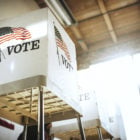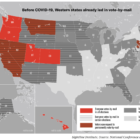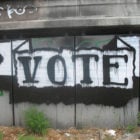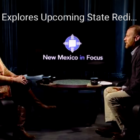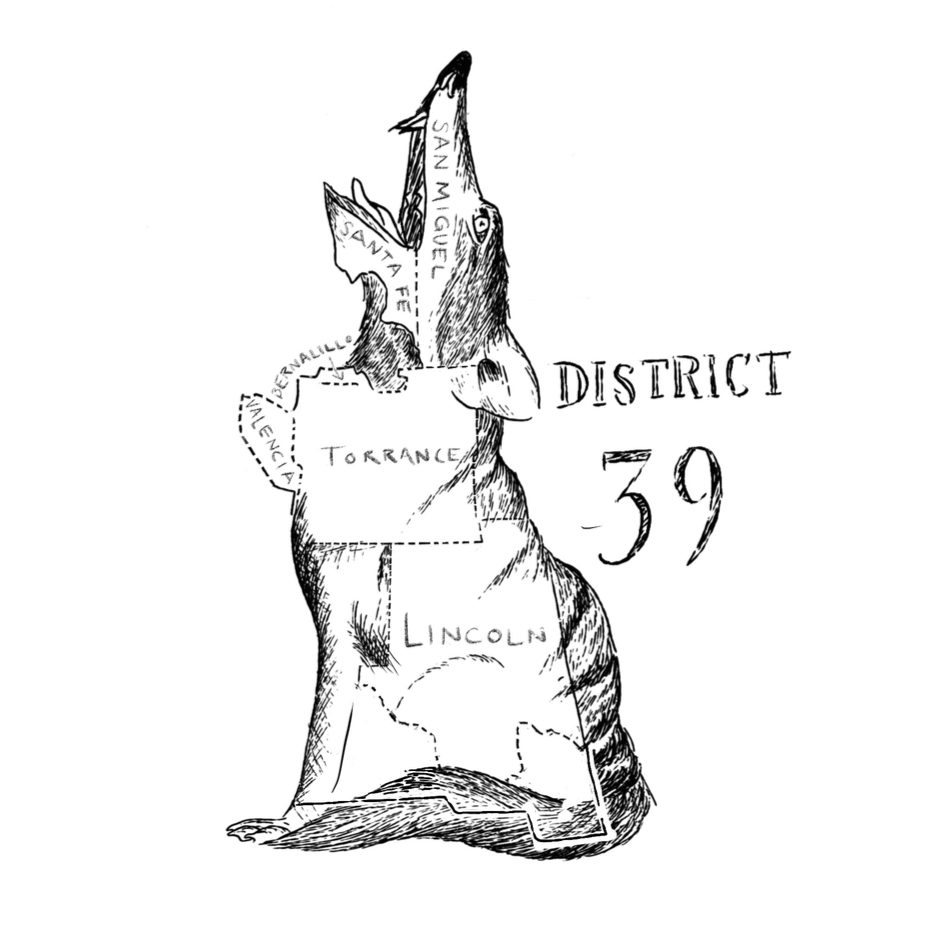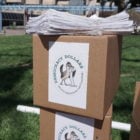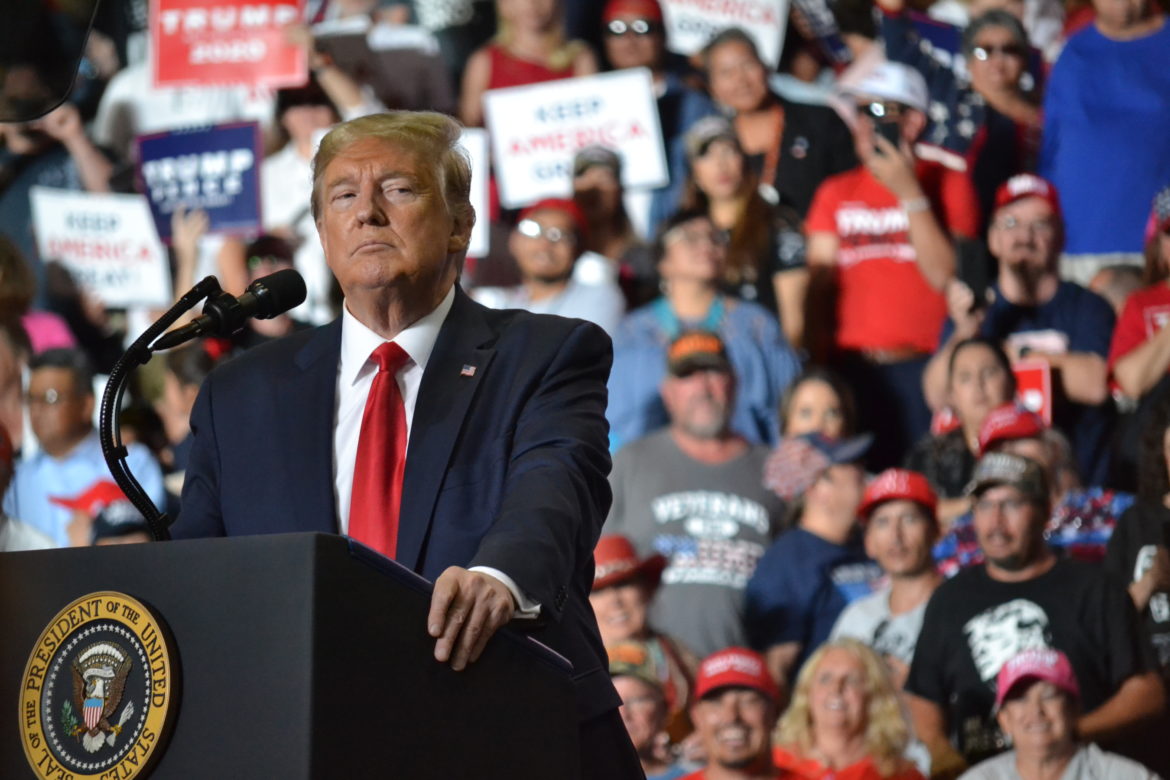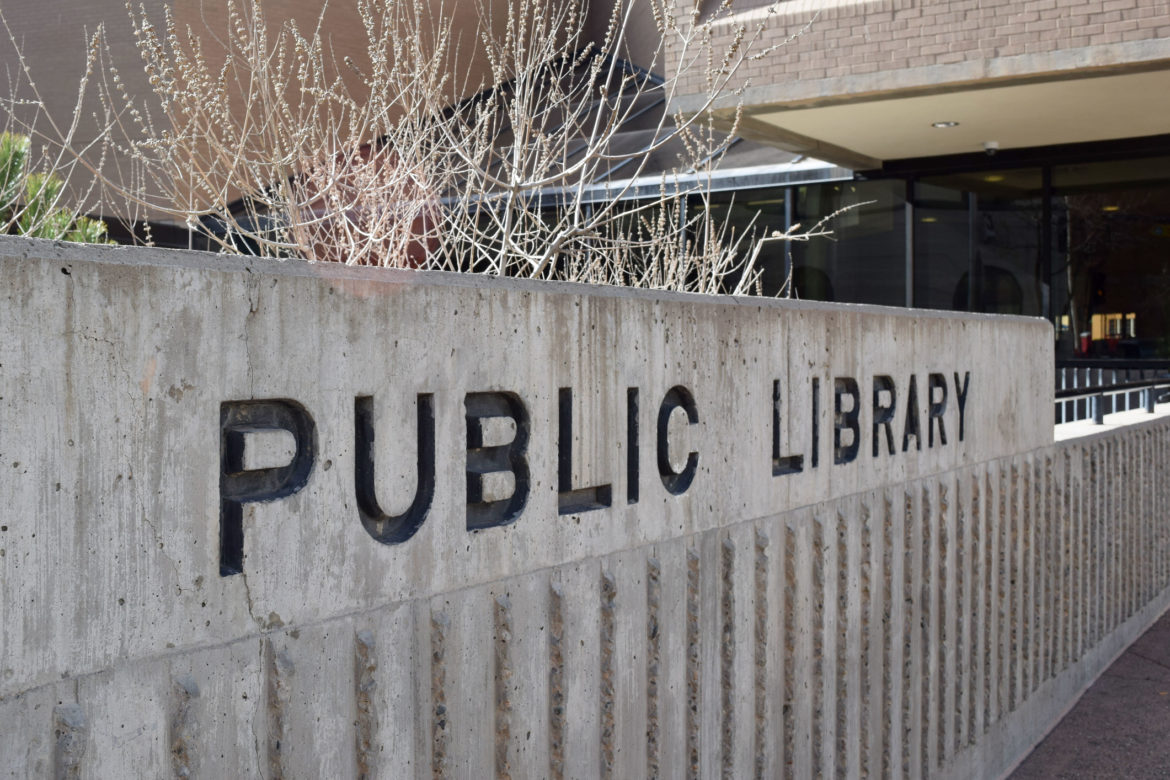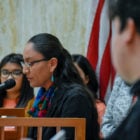2020 Election
Fewer polling places present challenges for Native voters
|
As the state gradually reopens from its coronavirus closure, it’s not only nurseries, bike shops and clothing stores that must figure out how to do business while maintaining social distancing—county clerks across the state are conducting their first primary election during a pandemic. But the number of polling places has been slashed, mail service has been interrupted in some areas and voting advocates are concerned that there will be folks, especially in Native American communities, who could be left out. Indian country has been hit hard by COVID-19, as NMID reported in mid-May. Native Americans represent 58 percent of the state’s cases. As a result, many Pueblo and tribal governments have closed their lands to non-residents and established curfews in an effort to slow transmission of the virus.
